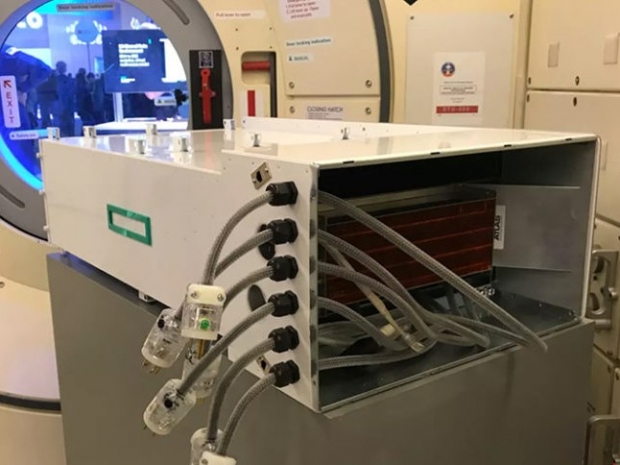The two servers were part of the Linux based Spaceborne Computer which has the supercomputer processing power. They were installed in the Space Station to see how durable they would be in space with minimal specialist treatment.
After 530 days, they are still working, but they were supposed to be sent back. However, their return flight was postponed after a Russian rocket failed in October 2018.
HPE senior content architect Adrian Kasbergen said they may return in June 2019 if there is space on a flight but "right now they haven’t got a ticket".
The project was part of NASA’s manned mission to Mars which is supposed to be happening in 2030.
Currently, the 20-year-old machines controlling the ISS return data to Earth for processing. This is possible because it takes less than a second to get the data back.
However, the Mars mission will need onboard supercomputing power because a data round-trip will grow to more than 40 minutes.
Kasbergen told BBC News that the servicers cost thousands, rather than millions of dollars. While the servers themselves were not modified, they were placed in an airtight box with a radiator that is hooked up to the ISS water-cooling system. Hot air from the computers is guided through the radiator to cool down and then circulated back.
There were some problems with the redundancy power supply as well as some of the redundant solid-state drives. These were handled by the autonomous management software that was part of the experiment.
HPE wants the servers back to see what went wrong.




